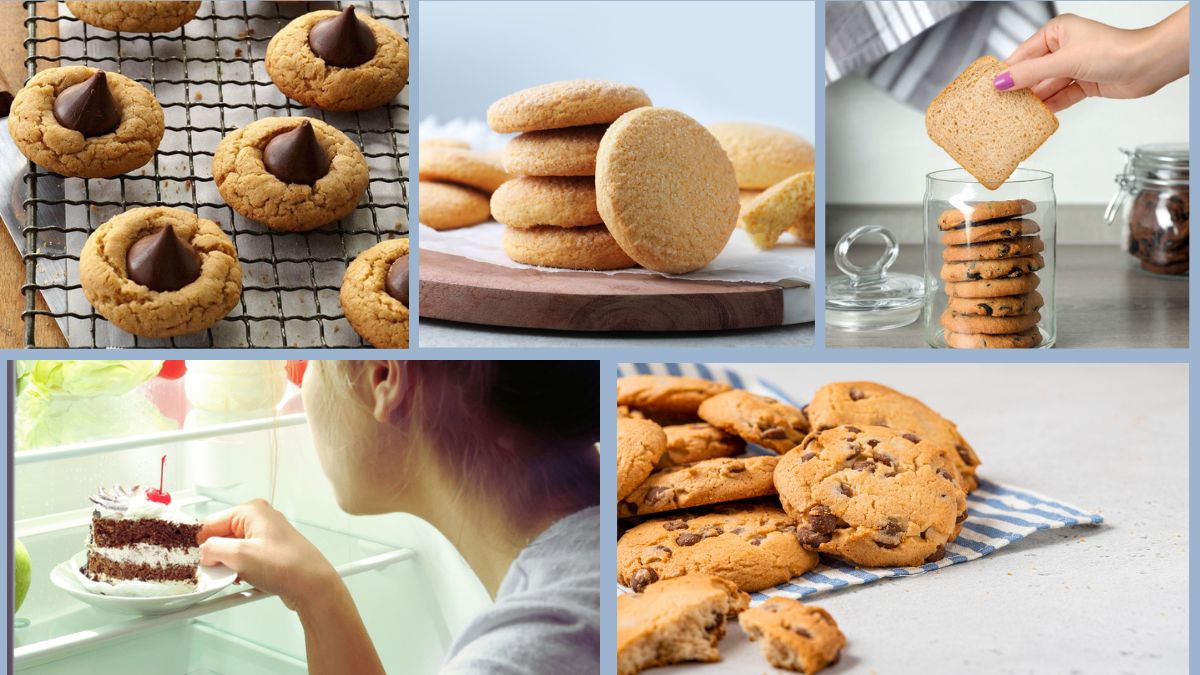Few things are more comforting than the aroma of fresh-baked goods wafting through your kitchen. From crusty artisan bread and soft cookies to fluffy muffins and rich brownies, baked treats are a joy to make and eat. But as delicious as they are, they can quickly lose their texture, flavor, or freshness if not stored properly.
This comprehensive, plant-based guide explains how to store different types of baked goods so they stay moist, flavorful, and safe to eat — without any non-vegetarian ingredients or methods. Whether you’re meal prepping, baking in bulk, or saving leftovers from your latest bake, these tips will help you enjoy your goodies longer.
Why Proper Storage of Baked Goods Matters
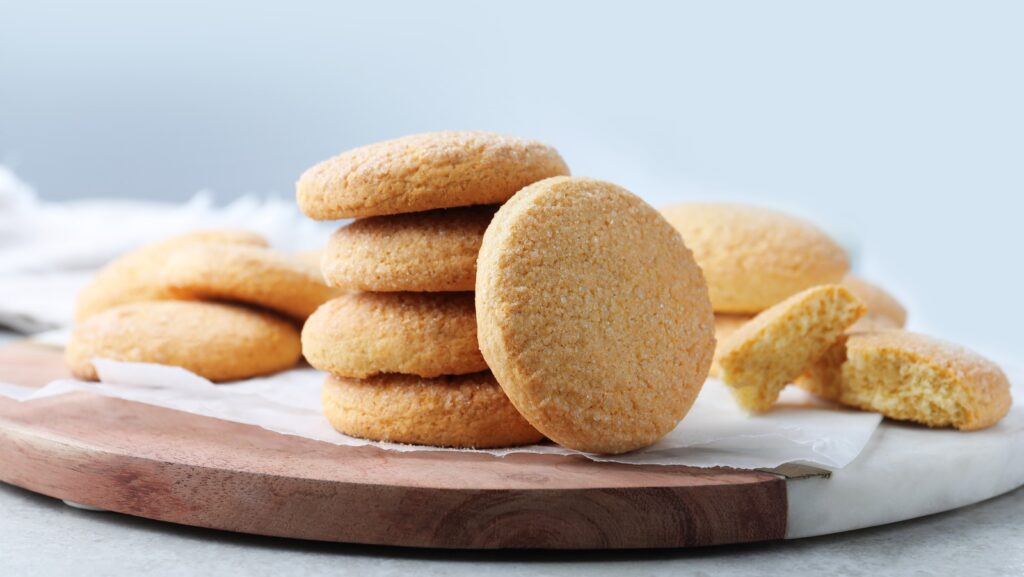
Baked goods are made up of delicate ingredients like flour, leavening agents, and plant-based fats (e.g., coconut oil, vegan butter, or vegetable oil). They are sensitive to:
- Moisture loss (which causes dryness)
- Humidity (which causes sogginess or mold)
- Air exposure (which leads to staleness)
- Temperature shifts (which affect structure and shelf life)
Understanding how to store them properly ensures your efforts don’t go to waste — and your baked goods remain enjoyable for days or even weeks.
General Guidelines for Storing Baked Goods
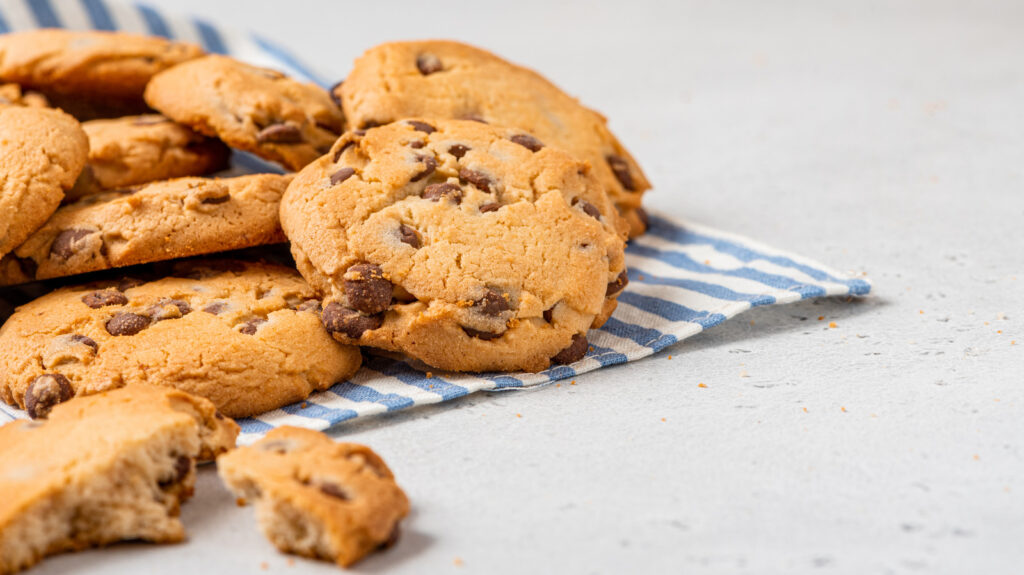
Before diving into specific storage techniques, here are some universal rules to follow:
Let Baked Goods Cool Completely
Never store warm baked goods. Let them cool fully at room temperature (about 1–2 hours) on a wire rack before wrapping or placing in containers. Storing warm items traps steam, making baked goods soggy or sticky.
Choose the Right Container

- Airtight containers: Best for cookies, brownies, muffins, and slices of cake
- Bread boxes or paper bags: Ideal for crusty bread that needs to breathe
- Plastic wrap or foil: Great for individual wrapping before freezing
- Glass containers: Preserve taste and prevent odor transfer in the fridge
Store in the Right Environment
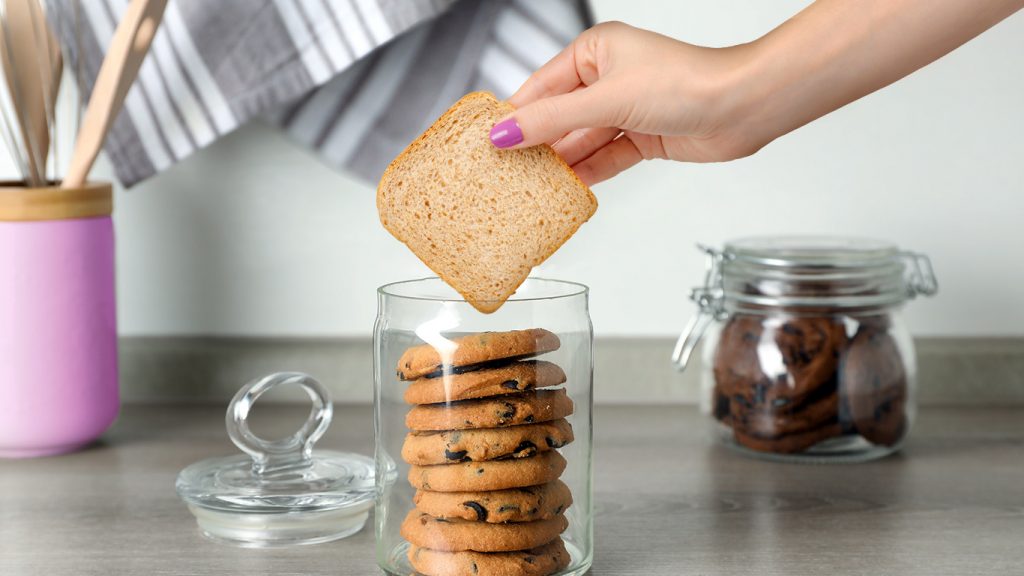
- Room Temperature: 3–4 days for most baked goods
- Refrigerator: Use only for items with perishable fillings (e.g., custards, fresh fruit)
- Freezer: Best for long-term storage — up to 3 months for most baked items
How to Store Different Types of Baked Goods
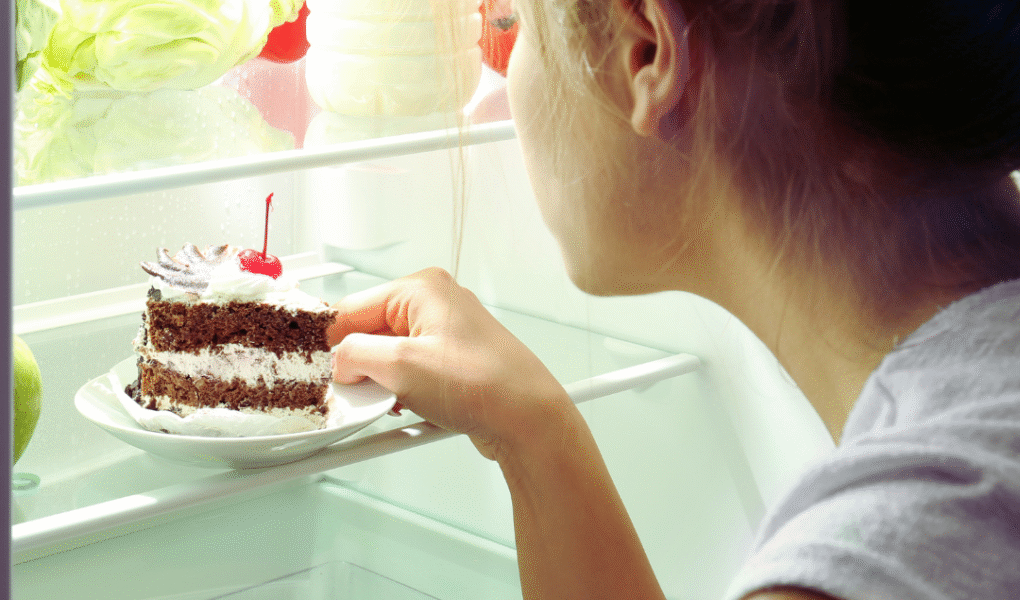
Each category of baked item has unique needs. Here’s how to keep them fresh and delicious for as long as possible.
1. Bread (Loaves, Rolls, Baguettes)
Best storage method: Room temperature in a paper bag or bread box
Shelf life: 2–4 days at room temp | 3 months frozen
Tips:
- Avoid plastic bags — they trap moisture and make crusts soggy
- Store loaves cut-side down on a cutting board to preserve texture
- For longer storage, slice and freeze bread in portions. Toast or warm when ready to eat
2. Muffins and Quick Breads (Banana Bread, Pumpkin Bread)
Best storage method: Airtight container at room temperature
Shelf life: 3–4 days at room temp | 2–3 months in freezer
Tips:
- Line containers with a paper towel to absorb excess moisture
- If freezing, wrap each muffin or slice tightly in plastic wrap, then place in a freezer bag
- Reheat muffins in the oven for 5–7 minutes at 350°F (175°C) to refresh texture
3. Cookies (Soft or Crunchy)
Best storage method: Airtight tin or jar
Shelf life: 4–5 days at room temp | 2–3 months in freezer
Tips:
- Store soft and crunchy cookies separately to preserve their individual textures
- Add a slice of bread or apple peel to the container of soft cookies to retain moisture
- To freeze, place cookies in a single layer between parchment paper inside a sealed container
4. Brownies and Bars (Vegan Brownies, Oat Bars)
Best storage method: Airtight container at room temperature
Shelf life: 3–5 days at room temp | 2 months in freezer
Tips:
- Cool completely before cutting and storing
- Separate layers with parchment paper to prevent sticking
- For extra fudgy brownies, store in the fridge, but bring to room temp before eating
5. Cakes and Cupcakes (Unfrosted or Frosted with Vegan Buttercream)
Best storage method: Airtight container or cake dome
Shelf life: 3 days at room temp | Up to 1 week in the fridge (for frosted cakes) | 2–3 months in freezer
Tips:
- Unfrosted cakes can be wrapped in plastic and foil, then frozen whole or in slices
- Frosted cakes (especially those with plant-based cream cheese or coconut whipped cream) should be refrigerated
- Avoid condensation — let chilled cakes come to room temp before opening the container
6. Pastries and Croissants (Vegan Versions)
Best storage method: Paper bag for short-term, airtight container for long-term
Shelf life: 1–2 days at room temp | 1 month in freezer
Tips:
- Reheat frozen pastries in the oven at 350°F (175°C) for 8–10 minutes
- Do not store croissants in the fridge — it accelerates staling
- For best texture, eat within 24 hours of baking
7. Pie (Fruit, Nut, or Crumble – Without Animal Products)
Best storage method: Covered in foil or plastic wrap
Shelf life: 2 days at room temp | 4–5 days in the fridge | 2–3 months in freezer
Tips:
- Cool pie completely before storing
- Store pies with fresh fruit or plant-based whipped cream in the fridge
- To freeze, wrap the entire pie or slices tightly in plastic wrap and foil
How to Freeze Baked Goods for Long-Term Storage
Freezing is a fantastic way to preserve baked items for up to 3 months.
General Freezing Tips:
- Wrap individual items in plastic wrap or parchment paper
- Place wrapped items in a freezer-safe zip-top bag or airtight container
- Label and date everything
- Remove as much air as possible to prevent freezer burn
How to Thaw and Refresh Frozen Baked Goods:
- Room Temperature: Thaw on the counter for 1–2 hours
- Oven: Warm muffins, cookies, or slices of bread at 300–350°F (150–175°C) for 5–10 minutes
- Microwave: Use short bursts (10–15 seconds) for items like brownies or soft cookies
- Avoid thawing in plastic bags — condensation can make items soggy
Smart Storage Tips & Tricks
- Store different baked goods separately — strong flavors (like gingerbread) can transfer to other items
- Refrigerate only when necessary (for perishable fillings or frostings)
- Use desiccant packets or rice in a mesh pouch in your storage tin to absorb excess moisture
- Keep your storage area cool, dark, and dry to avoid early spoilage
Common Mistakes to Avoid
- Storing warm baked goods — leads to sogginess and mold
- Using the fridge unnecessarily — dries out most baked goods
- Skipping airtight containers — causes staleness
- Freezing without wrapping properly — results in freezer burn
- Mixing soft and crunchy items — leads to texture loss
Storage Summary Chart
| Baked Good | Room Temp | Fridge | Freezer | Best Storage Tip |
|---|---|---|---|---|
| Bread (loaf) | 2–4 days | Not ideal | 3 months | Paper bag or bread box |
| Muffins | 3–4 days | Optional | 2–3 months | Paper towel in airtight container |
| Cookies | 4–5 days | Optional | 3 months | Store soft and crisp cookies apart |
| Brownies/Bars | 3–5 days | Optional | 2 months | Wrap individually for freezing |
| Cake (unfrosted) | 3 days | 1 week (frosted) | 3 months | Slice and wrap for easy thawing |
| Croissants | 1–2 days | Not ideal | 1 month | Reheat in oven for crisp texture |
| Fruit Pie | 2 days | 5 days | 2–3 months | Wrap tightly with foil and plastic |
Final Thoughts
Storing baked goods properly isn’t just about food safety — it’s about preserving the joy and flavor you baked into every bite. With a little planning, the right containers, and a basic understanding of your baked item’s structure, you can keep everything from cookies to banana bread as fresh as the moment they came out of the oven.
Whether you’re baking plant-based goods for yourself, your family, or a crowd, these simple storage techniques will ensure that nothing goes to waste — and every bite tastes just as good as the first.
